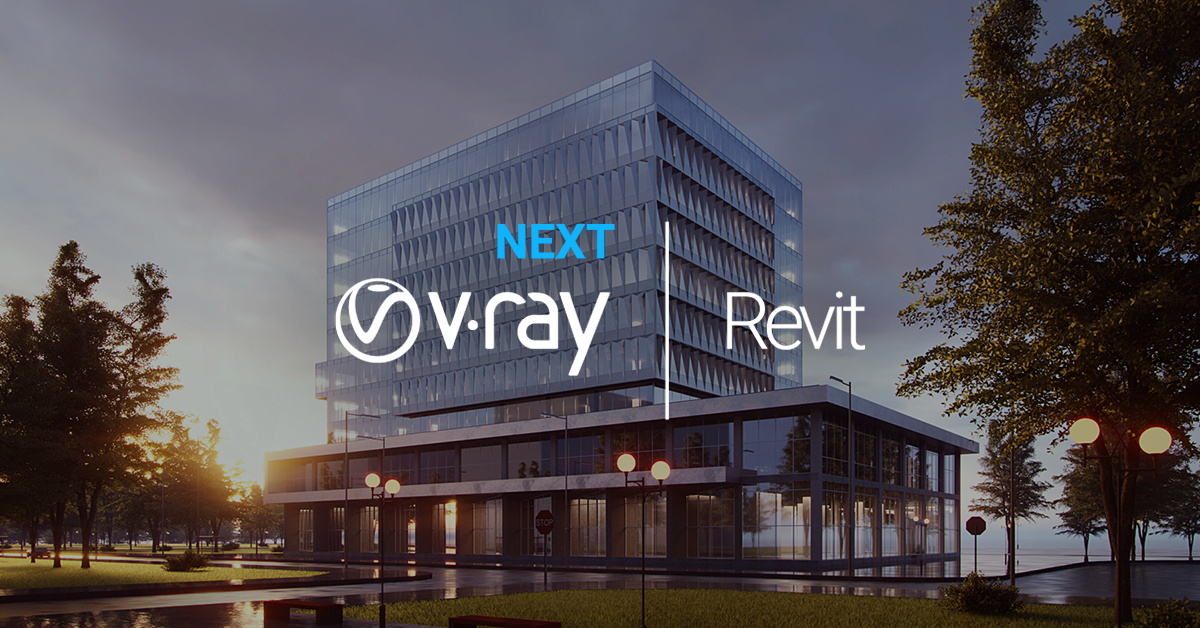As of April 30, 2025, we’re proud to announce our exciting new chapter. | Read more here.
The first step of any Revit Model Maintenance process is Detach from Central with Audit. However, there is more to cleaning a project than this. This article is a cumulation of thousands of tech support cases, solved and logged in our CRM system.
When a model is not maintained, it takes more system resources, performance is reduced, packets of information lost and corruption in the data is the result. I’ve organized them in the best order possible, but it takes a team to get it all done, while in production.
Here are our recommended procedures for a terrestrial and cloud project.
When a project in the cloud, in BIM 360, is seeing signs of possible corruption we should use the same maintenance procedures on these files as well. First, one would need to take it down, or copy the RVT to a local computer and preform these maintenance procedures. But we shouldn’t just copy and paste.
There are many instances of the model in the BIM 360 project. We have the version we open and edit while using Revit. We have the published version in BIM 360 Document Management, which is viewable when using the browser via docs.b360.autodesk.com. We even have copies of the file in various shared folders or even within coordination spaces.
Because it is sometimes difficult to determine what has been published most recently and what sets are included. It is our recommendation to open the RVT via Revit. Open your model, Sync with Central, and Relinquish all editable items. use the “Save As” function to save a copy of the file to your desktop or the local machine. Make sure you check the options in the File Save As dialog, choose “make this a central file after save”. Perform maintenance starting from step #3 above.
Let me know your thoughts on this process. You may have another tip I can add to this resource.
V-Ray for Revit is a rendering plugin that lets you create professional-quality images directly from Revit models. It helps you explore, present your design ideas, and make critical design decisions at every stage of the design lifecycle- from schematic design, through design development and construction documents to the final polished marketing materials.
With V-Ray Next for Revit, you can generate incredible renders of your Revit models from your earliest concepts to the final marketing materials with the highest level of realism.
V-Ray Next for Revit update 1, is packed with productivity-boosting new features as well as support for Revit 2021 and the latest rendering hardware.

If you would like to upgrade your V-Ray 3.0 for Revit licenses to V-Ray NEXT for Revit, please contact us at vray@microsolresources.com.
If you are not sure about upgrading your licenses, you can request a free 30-day trial, to get an overview of its new features and functionality. You can test it out with your team and find out how this new version will improve your workflow.
Join Microsol Resources for our annual What’s new with Autodesk Webinar Series
Interested in seeing what the new Autodesk 2018 features can do for you? Intrigued by the use of building information modeling (BIM) in your firm?
See it first with Microsol Resources as we host our annual What’s New with Autodesk 2018 Webinar Series; an hour-long webinar happening every Tuesday where we highlight the newest features, as well as show you tips and tricks for the different Autodesk products. For our full list of upcoming events, click here. Register today and earn AIA LUs!
| May 2 at 11 am | What’s New with AutoCAD 2018? | WATCH THE RECORDING |
| May 9 at 11 am | What’s New with Revit 2018? | WATCH THE RECORDING |
| May 16 at 11 am | What’s New with AutoCAD Civil 3D & InfraWorks 2018? | WATCH THE RECORDING |
| May 25 at 11 am | What’s New in the Geotechnical Module for AutoCAD Civil 3D 2018? | WATCH THE RECORDING |
| June 6 at 11 am | What’s New with Autodesk Account? | WATCH THE RECORDING |
| June 13 at 11 am | Accelerate the 2030 Challenge using Autodesk Insight | WATCH THE RECORDING |
| June 20 at 11 am | What’s New with Navisworks 2018? | |
| June 27 at 11 am | What’s New with Collaboration for Revit & BIM 360? | WATCH THE RECORDING |
| July 18 at 12 pm | BIM in the Era of Connection with Lynn Allen from Autodesk | REGISTER |
To view the recordings from last year’s series on What’s New with Autodesk 2017, click here; for What’s New with Autodesk 2016, click here. For all other recent webinar recordings, you can head to our Knowledge Center!

Features the latest informative and technical content provided by our industry experts for designers, engineers, and construction firms and facility owners.
LEARN MORESTAY IN TOUCH